Packing Tips for an Organized Move
Moving, like all good adventures, can be full of fun as well as stress. The hardest parts of any move are typically the packing and the unpacking stages. Those two seem to take so long sometimes. Everyone I know seems to not mind one but dread the other. For me, I don’t mind the packing, but I would skip the unpacking part if I could. Organizing a new home is fun! Taking everything out of boxes? Not so much. After making five long distance moves in the past 11 years, I’ve developed a system that not only helps make unpacking easier, it also helps keep us organized.
Packing Tips for an Organized Move
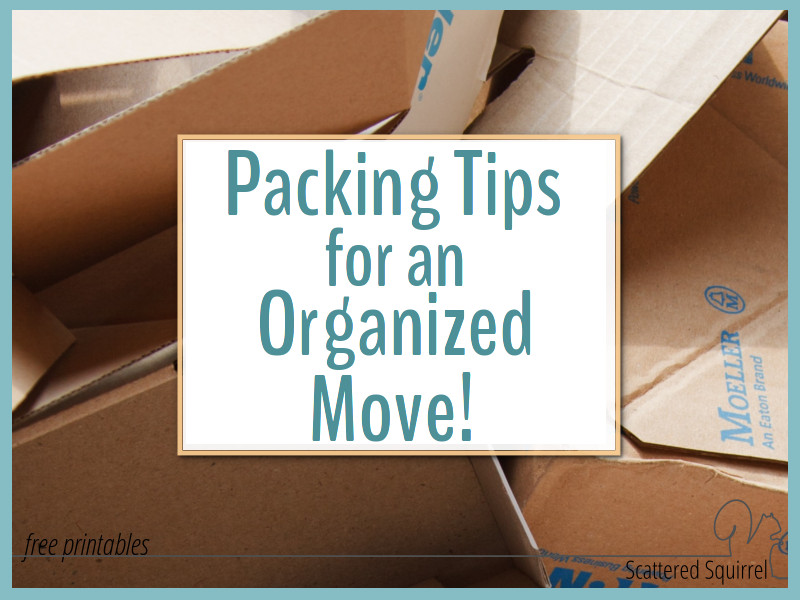
Preparing to Pack
Before I begin packing, the first thing I do is to decide if I’m going to use a packing system of some sort to keep the boxes organized. Some people like to colour code their boxes, some like to number them. If you search for moving tips on Pinterest you’ll find a ton of different ways people approach packing. For myself, I use my packing list printable and number my boxes.
This serves two purposes.
- It enables me to start packing anywhere, at any time.
- It makes unpacking a little easier, because I can see what’s in each box.
The next thing I do is gather up any packing supplies I need and put them in a bag or basket. I call this my packing kit and it contains things like:
- plastic grocery bags for wrapping dishes and other breakables
- newspaper, old magazines, and other cushioning items for protecting the breakables.
- permanent marker for labeling the boxes
- packing tape
- scissors
- packing list and pen for recording what goes into the boxes
- recycling bags and garbage bags
Having all my packing supplies in an easy to tote basket makes it so much easier to move around the house while packing.
The Packing Tips That Keep Us Organized While We Move
I tackle packing up our home in four rounds. Breaking it up into rounds or stages really helps to keep me from feeling overwhelmed and it also make the packing process a little easier for me.
Round 1 – Non-Essentials and the Big Decluttering
Round one is the toughest round. It takes the longest, but it also offers the greatest reward. This is also the round where the majority of the packing happens. Before you begin gather up your supplies. You will need:
- the packing kit
- boxes
- recycling and garbage bags
Pick a starting point and begin working your way through the room, sorting everything as you go. I use four categories:
- Pack
- Need Out
- Donate
- Toss
I put all the donate and toss items right into the appropriate bag or box. Then I tackle what’s in the pack pile. I pack it all up, right then. Jotting down items on my packing list so I know where to find them later.
Round 2 – Planning and Packing Important Items
This round happens between 6-4 weeks before moving day. I go through all the rooms and pull out all the important things that I may need or don’t want to lose during the move. These include things like:
- Important documents and contracts
- Photos, planners, toys, comfort items that mean a lot
- Cleaning rags and supplies for at the new home
- Clothes and bedding for the first few days in a new home
- First Aid kit and toiletries
I pack these items accordingly. These are going to be the items that are either the very last things loaded into the moving truck, or they’re the items that are being loaded into our vehicle. Having them set aside ahead of time allows me to stop fretting that I’ll forget something. And if I find another items that belongs in this category I can easily put it where it goes.
Another advantage to having the important things and essentials taken care of early means I can easily breeze through the rest of the packing without having to think about it too much.
Round 3 – Everything But What Is Absolutely Needed
I like to think of this as the home stretch round. It’s time to start packing up everything but our most essential items. It means we’re going to be roughing it for a week or a two, but it also means we’re almost on our way to our new home. For this round I go through every single room and pack everything that we can manage without for a week or two. Packing up this stuff early serves two purposes.
- It allows time to decompress and rest before moving day
- It makes cleaning so much easier
Round 4 – The Last of It
Round four is like a liquidation sale – everything must go! Because we did the bulk of the decluttering in round one, this time around is super easy. You’re just packing things up. Going through the different rounds or stages also means the items you’re packing in this final round are your essentials. These are the first things you’re going to want to unpack at the new home. If you like, use coloured duct tape on these boxes so you can quickly see which ones you need to unpack first.
I use the printable above to help me figure out what I need to have accessible right away when we get to our new home.
Bonus Tip
If you use the numbered box system like I do, unpacking is a breeze. Start unpacking the highest numbered boxes first, and you’ll have your new home set up and running quickly.
Moving to a new home is a lot of work. It can feel overwhelming and daunting at times, but if you break it down into smaller rounds or stages, it can really help you feel more in control of the process. And, if you’re like me, stress exacerbates my scatter-brain tendancies. Being able to narrow my focus into segments like this helps to keep me moving forward and cuts down on how much I flit from task to task.
I hope the packing tips I’ve shared in this post help you with your next move, as much as they’ve helped us with many of ours.
Now It’s Your Turn
Do you have any moving or packing tips or advice to share? I’d love to hear them. Drop me a line in the comments down below!
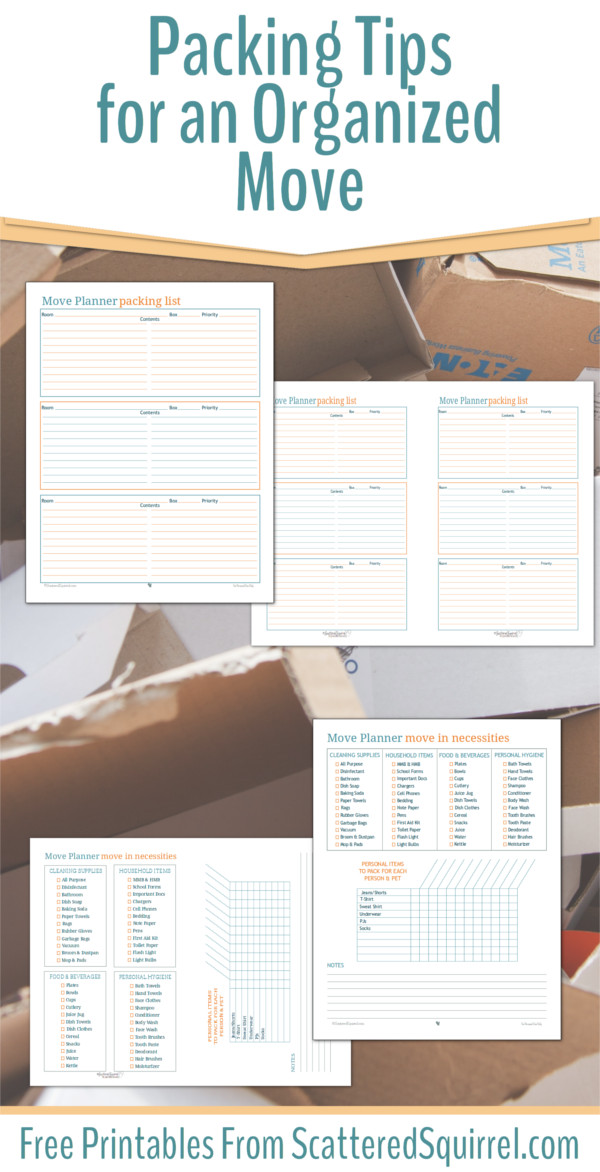

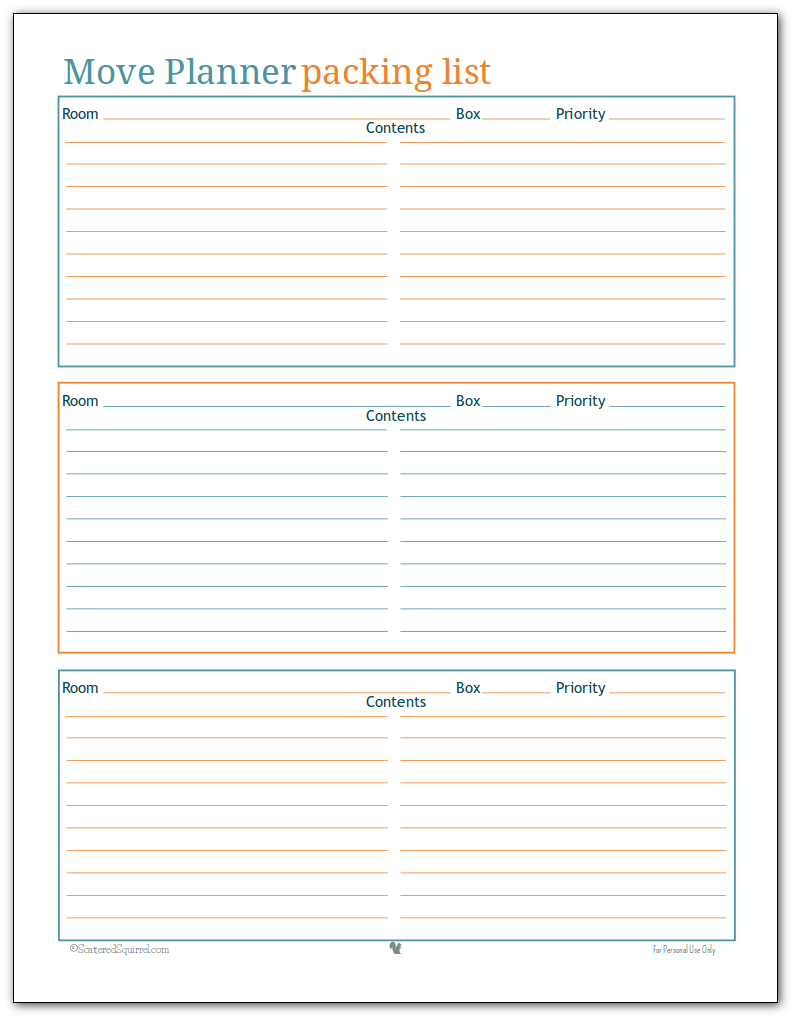
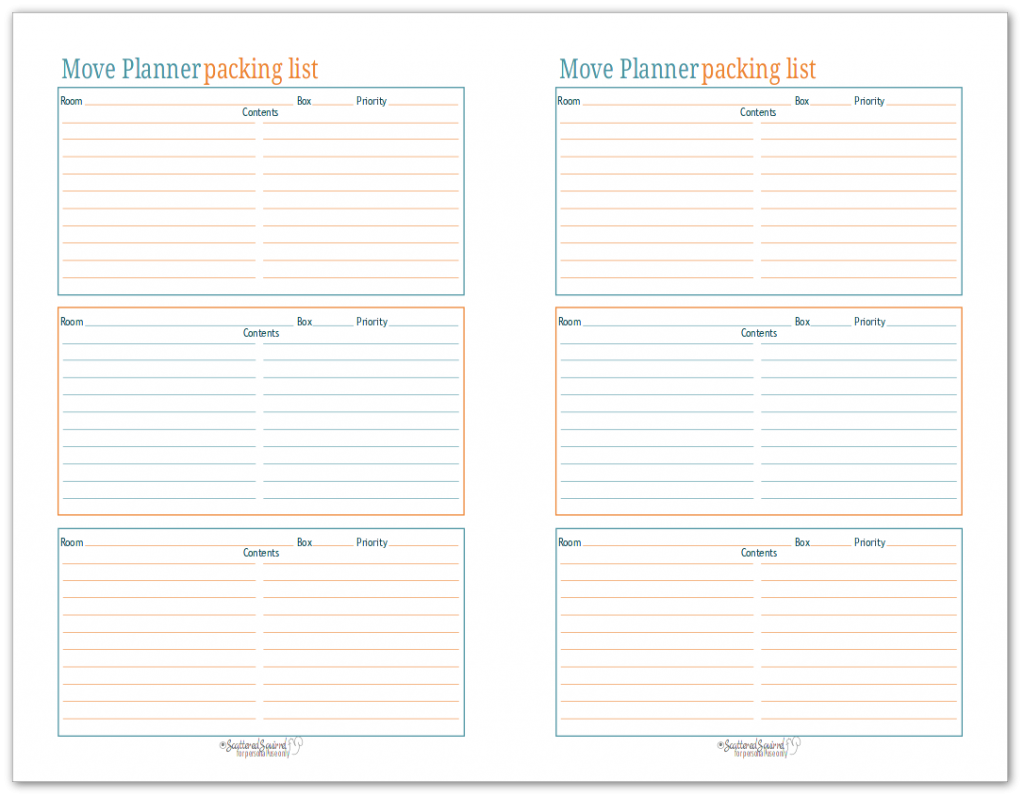
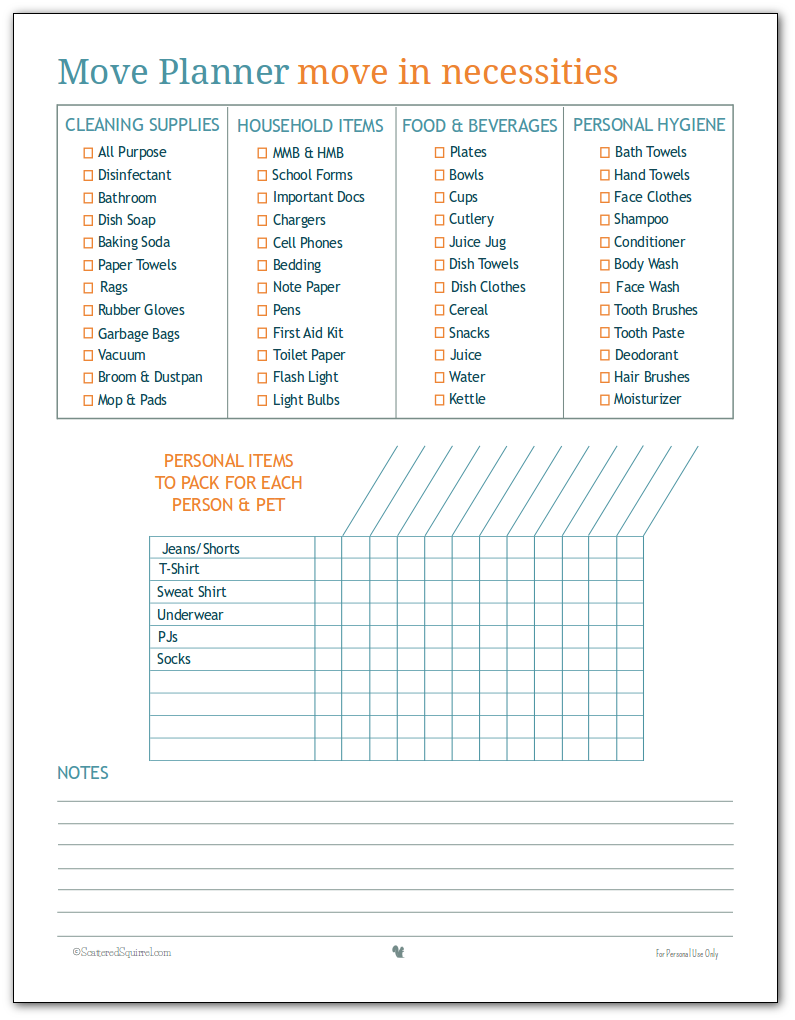
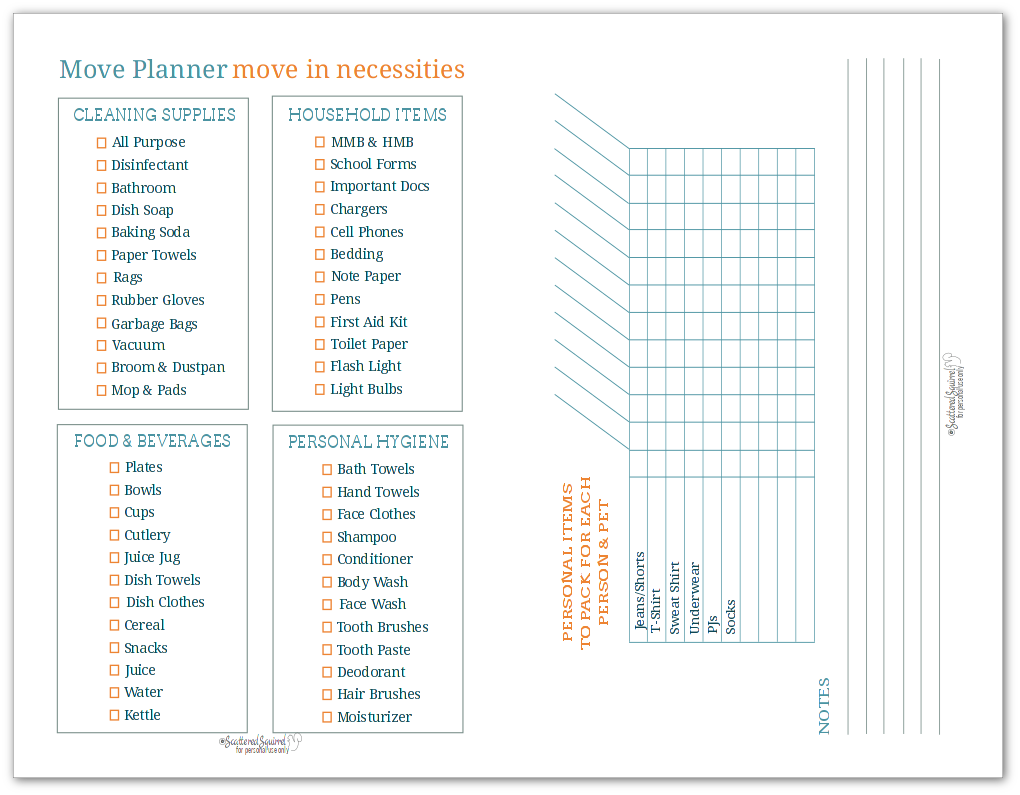
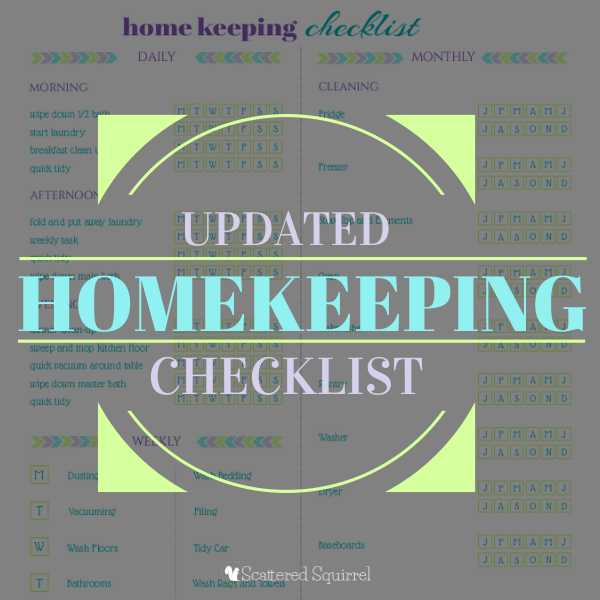

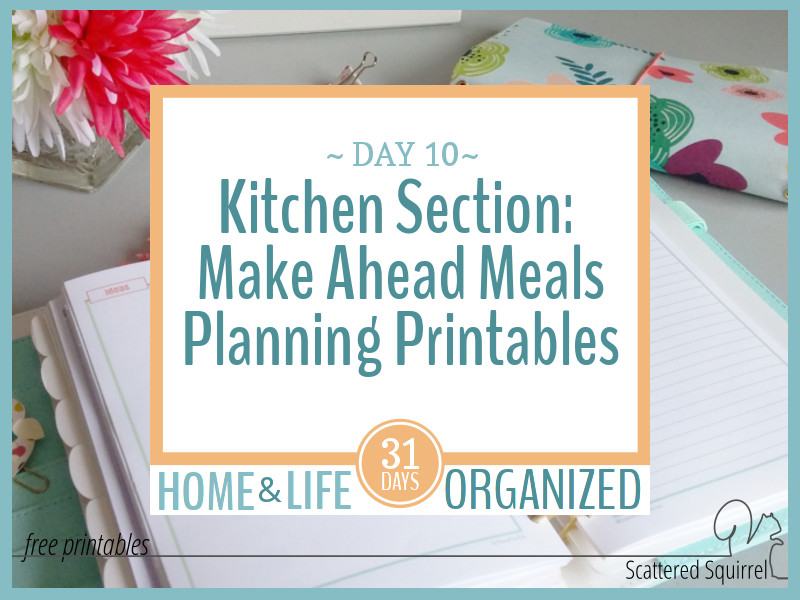
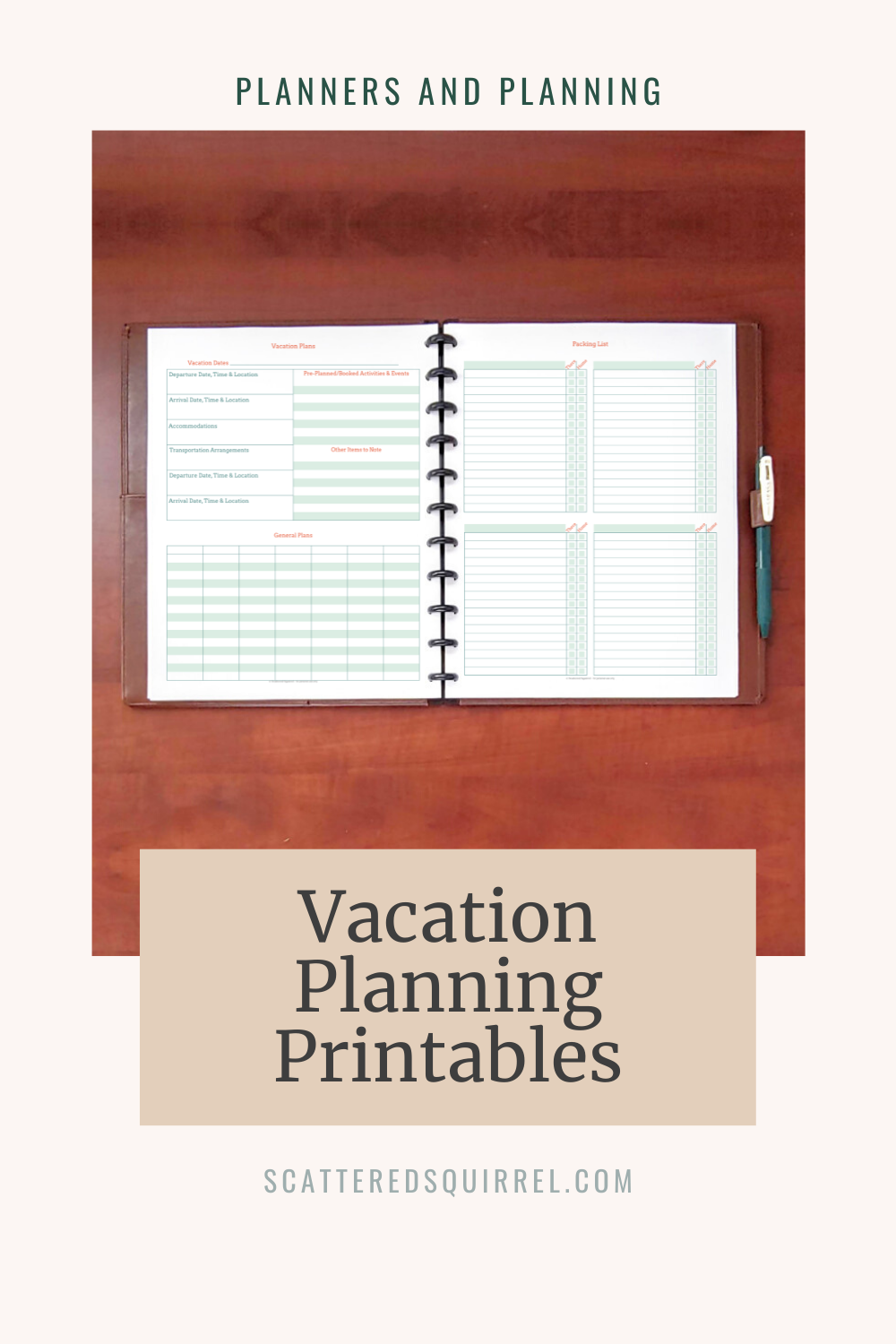

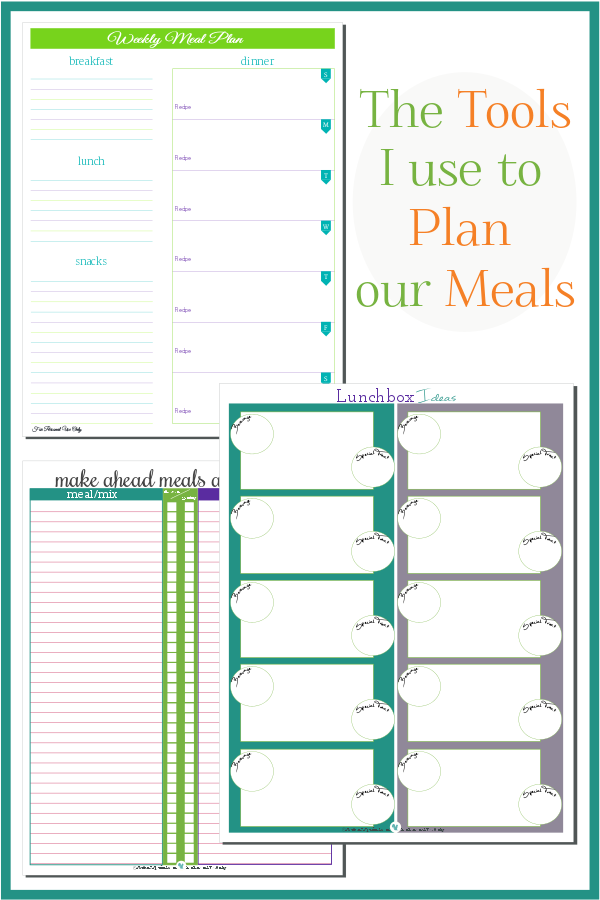
If you know far enough ahead, plastic grocery bags are the world’s GREATEST. packing. material. ever. (I was lucky one move, I got boxes and boxes of screwed up bags, still in the boxes they came in, from the local grocery store!) You’ll need about 10-20 times what you think you will, so start early. They don’t leave ink, if they’ve been used, they’re crumpled enough to cushion even the most breakable of items nicely, and recycling them when you’ve moved is super easy. Don’t think that getting them from the recycle bin will shorten your “lead time” – ppl throw FILTHY bags in there, sometimes garbage and moving is miserable enough, that will only gag your day to no end!
That’s my tip and unfortunately, we don’t EEEEEVEN have enough lead time for someone who has been less of a clutterbug than I usually am, and threw all the ones I had, out. Gawd, I dread this and what’s worse? My always-in-a-pinch 4 boys are all grown w/ families now and mostly moved away! Who’s gonna help us? Even boxes are a challenge, handicapped as we are, and my husband is literally chair-bound. A prayer or two would be greatly appreciated. Mainly, that we can stay here! However, God’s Will be done and may He please help us through it.
Have a good one! ~Christine~
I am so sorry you’re facing the possibility of moving when you don’t want to. That just makes a stressful situation all the more stressful. I will certainly keep you in my thoughts and prayers.
I absolutely love shopping bags for packing. I didn’t have nearly enough to use for padding, but being able to wrap things in the them where I used newspaper for padding was so nice because they didn’t get the ink all over them.
These are some great tips you have covered, and by following these tips, you can ensure an organized and stress-free move. You could also add some suggestions, like creating a detailed inventory and labeling system to keep track of your belongings. Pack room by room, focusing on one area at a time, and use color-coded labels or stickers to identify boxes destined for specific rooms.
Hi Greg, those are great tips to include, especially an inventory. My parents did that for their move and now they have an photo inventory of everything they own. I’m a bit of an odd ball. I don’t pack room by room. I like to start packing as early as I can, so I start with the least essential items and work my up to the essential ones. The boxes all get labeled with what room they’re going to and a number. The lower the box number, the less essential the items in it are.